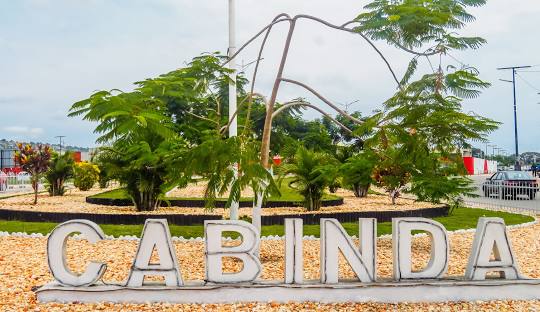



Cabinda, also known as Chioua, is a city and a municipality located in the Cabinda Province, an exclave of Angola. Angolan sovereignty over Cabinda is disputed by the secessionist Republic of Cabinda. The city of Cabinda had a population of 550,000 and the municipality a population of 624,646, at the 2014 Census. Wikipedia
June to September (dry season): Best for travel — less humidity, cooler temperatures, and easier road conditions.
October to May (wet season): Rainy, especially from March to May, but the region remains lush and green year-round.
By Air: Cabinda is served by Cabinda Airport with daily flights from Luanda.
By Road: Travel overland from DRC is technically possible but requires visas and coordination due to border complexities.
By Sea: Limited ferry and cargo boat access from Soyo or Luanda may be available depending on service schedules.
Chiloango River: A peaceful spot for boat rides and fishing, flowing through lush tropical surroundings.
Cabinda Cathedral (Nossa Senhora Rainha do Mundo): A landmark colonial church and cultural gathering point.
Simulambuco Treaty Monument: Marks the 1885 treaty that brought Cabinda under Portuguese protection — historically significant.
Maiombe Forest Reserve: One of the largest tropical rainforests in Angola, rich in biodiversity and home to rare wildlife.
Beaches: Secluded coastal spots near Landana and things to explore include beachcombing and local fishing culture.
Nature excursions into the Maiombe Forest for birdwatching, photography, and nature walks.
Cultural exploration in villages to learn about local tribes such as the Bakongo and Fiote.
Visit local markets for handmade crafts, tropical fruits, and everyday life experiences.
Enjoy traditional music and dance during community events or festivals.
Explore historical monuments and sites related to Cabinda’s colonial and independence-era history.
Hotels and guesthouses are concentrated in Cabinda City, ranging from simple lodgings to modern mid-range hotels.
Lodging near the coast or forest areas may be basic but offer more immersive experiences.
Local cuisine includes cassava-based dishes, grilled fish, stews with palm oil, and spicy sauces.
Seafood is abundant and fresh — often grilled or served in savory coconut and tomato sauces.
A few restaurants serve Portuguese or international fare, mostly in the city center.
Street food is common and affordable, with grilled meats, fried pastries, and tropical juices.
Cabinda is culturally distinct from the rest of Angola, with strong Bakongo traditions, unique languages (like Kikongo), and historical identity.
The region has a rich musical heritage, with percussion and vocal harmonies central to community gatherings.
Despite its oil wealth, Cabinda balances modernization with traditional village life and forest-based economies.
Political tension has occasionally flared due to independence movements, but everyday life is generally stable and welcoming to visitors.